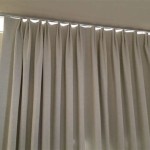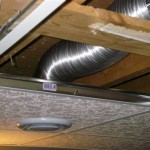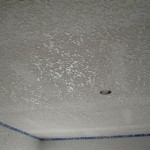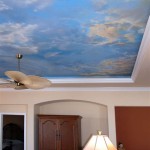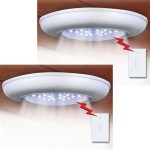How to Build a Faux Coffered Ceiling in Revit Family
A faux coffered ceiling is a great way to add a touch of elegance and sophistication to any room. It is a relatively simple project that can be completed in a weekend with a little bit of planning and the right tools. In this article, we will show you how to build a faux coffered ceiling in Revit family.
Materials You Will Need
- Revit software
- Ceiling tiles
- Crown molding
- Wood glue
- Brad nails
- Caulk
- Paint
Step 1: Create a New Revit Family
The first step is to create a new Revit family. To do this, open Revit and click on the "New" button. In the "New Project" dialog box, select the "Family Template" template and click "OK".
Step 2: Draw the Ceiling Tile
The next step is to draw the ceiling tile. To do this, click on the "Rectangle" tool in the "Draw" tab. Draw a rectangle that is the size of the ceiling tile you want to create. Once you have drawn the rectangle, click on the "Extrude" tool in the "Modify" tab and extrude the rectangle to the desired thickness.
Step 3: Add Crown Molding
The next step is to add crown molding to the ceiling tile. To do this, click on the "Sweep" tool in the "Create" tab. Select the edge of the ceiling tile as the path for the sweep and select the crown molding profile as the profile for the sweep. Once you have selected the path and profile, click on the "OK" button to create the crown molding.
Step 4: Join the Ceiling Tiles
The next step is to join the ceiling tiles together. To do this, click on the "Join" tool in the "Modify" tab. Select the edges of the ceiling tiles that you want to join and click on the "OK" button. The ceiling tiles will now be joined together.
Step 5: Add Wood Glue and Brad Nails
The next step is to add wood glue and brad nails to the ceiling tiles. This will help to hold the ceiling tiles together and prevent them from sagging. To do this, apply a thin layer of wood glue to the edges of the ceiling tiles and then use a brad nailer to nail the ceiling tiles together.
Step 6: Caulk the Joints
The next step is to caulk the joints between the ceiling tiles. This will help to seal the joints and prevent drafts from coming through. To do this, apply a bead of caulk to the joints between the ceiling tiles and then smooth the caulk with your finger.
Step 7: Paint the Ceiling
The final step is to paint the ceiling. To do this, apply a coat of primer to the ceiling and then apply two coats of paint. Allow the paint to dry completely before using the room.
Conclusion
Building a faux coffered ceiling in Revit family is a relatively simple project that can be completed in a weekend with a little bit of planning and the right tools. By following the steps in this article, you can create a beautiful and elegant coffered ceiling that will add a touch of sophistication to any room.

Revit How To Make Coffered Ceiling

Revit Tutorial Coffered Ceiling Model In Place

Classical Coffered Ceiling In Revit Tutorial

6 Types Of Ceilings Modeled In Revit Tutorial Ceiling

False Ceilings In Revit

Bim Revit Tutorial Parametric Waffle Ceiling

Revit Rocks Cadclip Waffled Or Coffered Ceiling Tutorial

Recessed Ceilings In Revit

6 Types Of Ceilings Modeled In Revit Tutorial Ceiling

Revit Tutorials Ceilings
Related Posts




